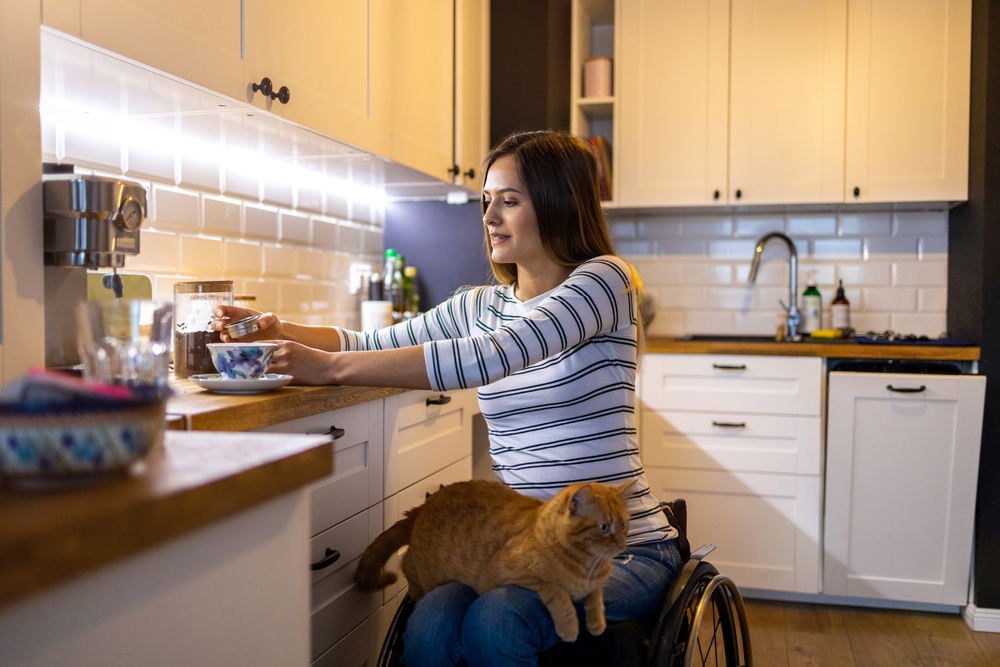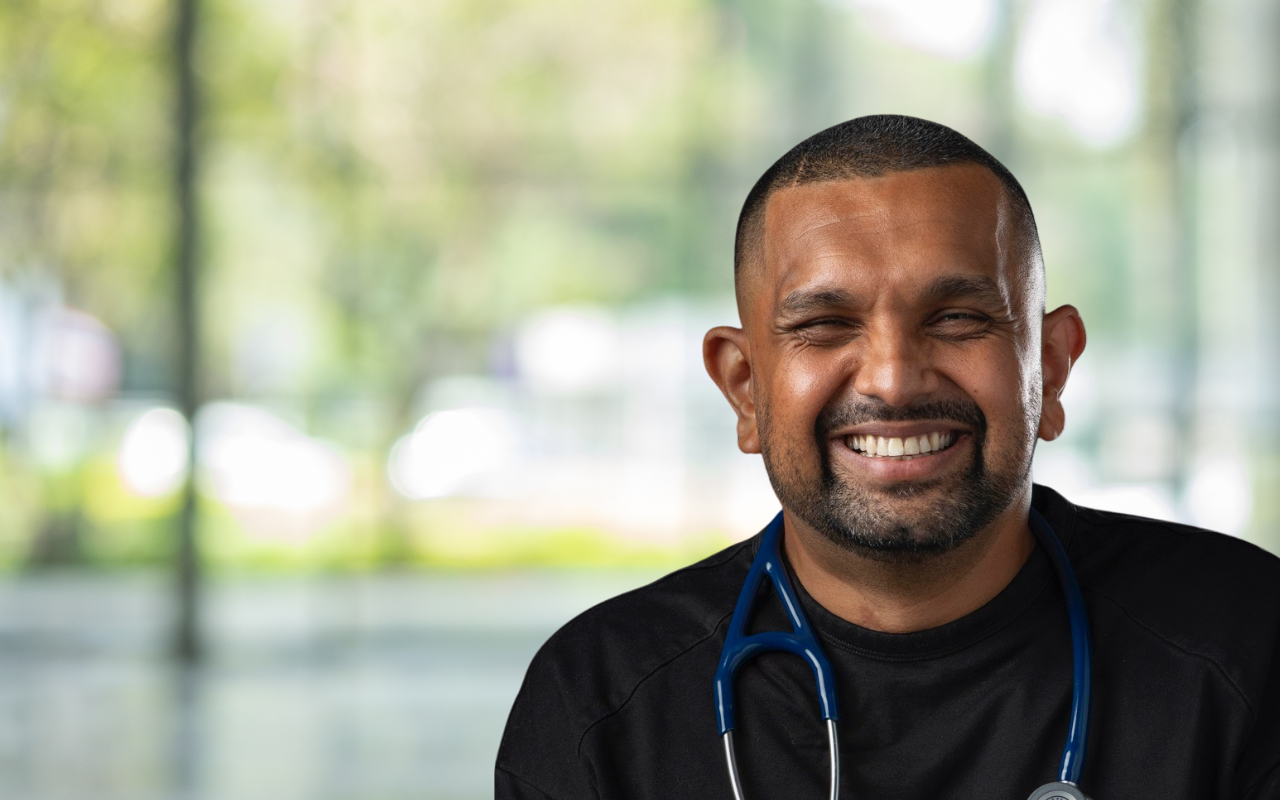With complex interplay between health and other aspects of life, it remains to be seen how the Disability Royal Commission’s work will impact the health of Australians with disability.
An estimated 1 in 6 Australians experience disability, according to the Australian Institute of Health and Welfare. Adults with disability in Australia report poorer health compared to people without disability. With challenges including accessing health services, people under the age of 65 who use disability services were found to be 4.7 times as likely to die compared to the general population under the age of 65 (650 compared to 130 deaths per 100 000 people).
The Royal Commission into Violence, Abuse, Neglect and Exploitation of People with Disability (Disability Royal Commission) was established in 2019 in response to community concern about widespread reports of violence against, and the neglect, abuse and exploitation of people with disability over a long period of time. The commission was initially provided a $527.9 million budget over 5 years to generate recommendations. It explored, for example, the death of Ms Ann-Marie Smith who lived with cerebral palsy, and at the time of death, experienced, among other things, septic shock, multiple organ failure, severe pressure ulcers and malnutrition.
At the conclusion of the Disability Royal Commission, 222 recommendations were released in September 2023. Of these, the Australian Government fully accepted 13 of 172 recommendations within its primary or shared responsibility. It accepted another 117 in principle, noting intentions to implement these in some way. Other recommendations have been flagged for further consideration, or noted.

The multidimensional nature of health in disability
Apart from the obvious interactions with health, such as access and comorbidity, people with disability experience challenges with other determinants like employment, education, housing and safety. According to the Australian Institute of Health and Welfare, for example, 1 in 10 men with disability reported experiencing physical violence in the last 2 years between 2021 and 2022. One in 3 social housing households have a person with disability.
The Health Benefits of Good Work (HBGW) initiative, for example, is a reminder that good work is a key to good health and wellbeing. However, in 2018, it was found that only 53% of people aged 15 to 64 with disability were in the labour force, compared to 84% without disability.
Even transport reform is necessary, as people with disability experience significant difficulty in air travel, noted in sessions of the Disability Royal Commission. In extreme circumstances, mishaps during air travel have resulted in the death of people with disability.
In this context, to bridge the health gap for people with disability, a multifaceted approach is necessary.
The response to the recommendations
The 222 recommendations made by the Disability Royal Commission span a number of areas including education, employment and safety. In the final report, by the judgement of the writers of the report, health was framed from a perspective of cognitive disability rather than other forms of disability, as they “expect that reforming the health system to address barriers to health care for people with cognitive disability will mean a more inclusive health system for all people with disability”.
The government has accepted, or accepted in principle, recommendations such as:
- access to skilled and qualified interpreters;
- inclusive education;
- health system capability regarding cognitive disability, which can have an impact on health outcomes for people with disability.
For further consideration, recommendations included:
- legislative prohibition of non‑therapeutic sterilisation;
- raise subminimum wages;
- address homelessness for people with disability in the National Housing and Homelessness Plan;
- national agreement on disability death reviews.
Non-therapeutic sterilisation in people with disability, for example, continues to be of concern globally, noted in a 2017 annual thematic report by the Special Rapporteur on the rights of persons with disabilities handed to the United Nations. Australia’s approach on the sterilisation of persons with disabilities was of concern in the 2011 United Nations Human Rights Council’s Universal Periodic Review. Here, four member countries made the following recommendations:
Comply with the recommendations of the Committee on the Rights of the Child and the Committee on the Elimination of All Forms of Discrimination against Women concerning the sterilization of women and girls with disabilities (Denmark); enact national legislation prohibiting the use of non-therapeutic sterilization of children, regardless of whether they have a disability, and of adults with disability without their informed and free consent (United Kingdom); repeal all legal provisions allowing sterilization of persons with disabilities without their consent and for non-therapeutic reasons (Belgium); abolish non-therapeutic sterilization of women and girls with disabilities (Germany).
Similarly, the approach to subminimum wages raises concerns about meeting international standards and human rights frameworks, particularly noting that income disparity can lead to health disparity.
It remains to be seen how Australia will realise the recommendations made by the Disability Royal Commission. However, organisations like Inclusion Australia, Disability Advocacy Network Australia, and Our Watch, among others, have expressed concern.
Conclusion
While it is difficult to foresee the long term impact of the Disability Royal Commission’s recommendations, and the government’s execution of them, these recommendations are necessary to improve multiple areas of the disability experience to enable better health outcomes. As a minimum, these outcomes should meet international treaties. Ideally, all 222 recommendations will come to life in some way.
There are many stakeholders who must collaborate to make this work successful, including federal and state governments, health services, the private sector and even airlines.
Most importantly, we must acknowledge the nearly 10 000 people with disability who gave their voices during the course of the Disability Royal Commission. It is through their voices that this work has come to life.
Assistant Professor Dinesh Palipana is a doctor, lawyer and spinal cord injury researcher who has a cervical spinal cord injury; who was both a witness and senior adviser to the Disability Royal Commission.
The statements or opinions expressed in this article reflect the views of the authors and do not necessarily represent the official policy of the AMA, the MJA or InSight+ unless so stated.
Subscribe to the free InSight+ weekly newsletter here. It is available to all readers, not just registered medical practitioners.
If you would like to submit an article for consideration, send a Word version to mjainsight-editor@ampco.com.au.

 more_vert
more_vert
Thanks Dinesh, insightful collation of facts. Would like to see the recommendations implemented within my work life timeline (But at very least my lifetime) – we have a long way to go.